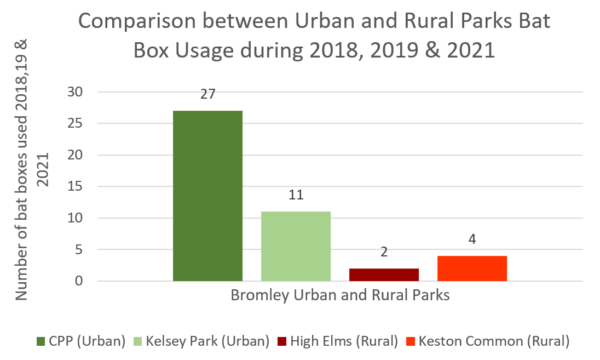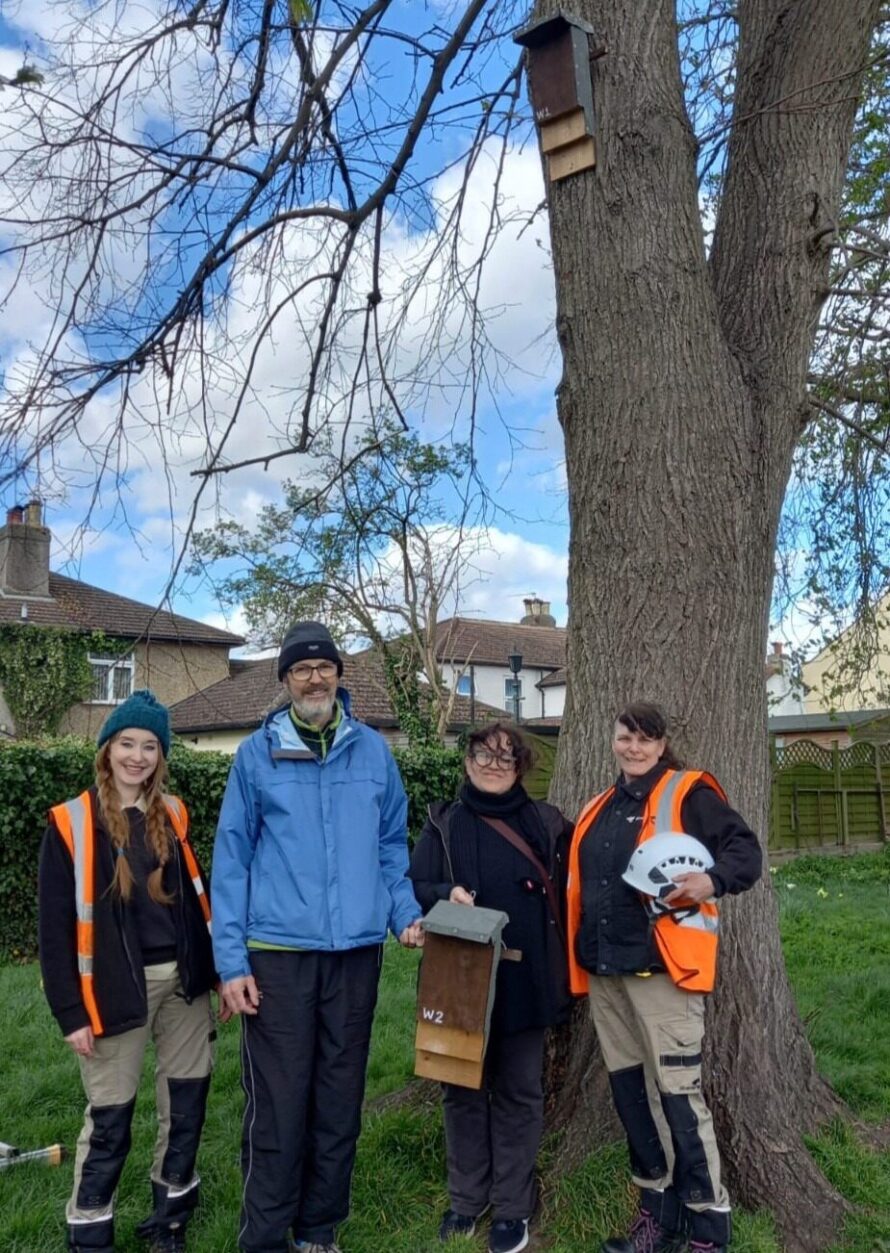Suggestions
Grounds Maintenance, Landscape Creation, Arboriculture, Sports Surfacing, Parks management, IOS Managing Safely Training, Ecology & Biodiversity, Grass cutting, Horticulture, Street Cleaning, Soft Landscaping, Hard Landscaping
Our Services
idverde provides a wide range of green services, including grounds maintenance, landscape creation, and advice services, to both private and public sectors across the UK.
Bromley’s Urban Parks Bat Box Survey Project
Celebrating Bat Appreciation Day, idverde collaborated with the Bromley Countryside Volunteers to build twenty Kent style bat boxes, which have been installed at Whitehall Rec.
More projects for The London Borough of BromleyIn the UK, bat populations have declined considerably over the last century and although all bats and their roosts are protected by Schedule 5 of the Wildlife and Countryside Act 1981 (as amended) and also under schedule 2 of the Conservation of Habitats and Species Regulations (2017 as amended), bats are still under threat from building and development work that affects roosts, loss of habitat, and the severing of commuting routes by roads, especially in urban areas.
In Bromley ten species of bat have been recorded, six of which were discovered within urban areas utilizing artificial bat roosts placed in Bromley’s Parks and Open Spaces.
Artificial bat roost boxes can provide vital roosting places in habitats devoid of natural roosting opportunities. Some of our parks for example have immature trees and no old buildings where bats could roost.
Recent bat box surveys in urban and rural parks suggest that bats are more inclined to use the boxes in urban parks than in rural woodlands and parks where plenty of natural tree cavities offer greater roosting potential (Fig 1).

Records of bat sightings during many urban park bat walks support the suggestion that these green spaces provide essential habitats for bats to forage for food, mate and take shelter during feeding and resting during the day. With new building developments and modern housing increasing in the borough these areas become vital places to provide alternative accommodation for bats and also enable opportunities for collecting survey data which can be used for planning applications and educational purposes to raise awareness of bats’ vulnerabilities and how we can help maintain bat populations.
As part of the idverde Bromley Biodiversity Action Plan, one of the targets is to increase the number of bat boxes within our urban parks and to provide free training to Friends of parks and volunteers to take part in citizen science projects to survey the boxes. To achieve this idverde collaborated with the Bromley Countryside Volunteers and provided them with the materials to build twenty Kent style bat boxes. Boxes have already been installed at Whitehall Rec by idverde’s Countryside and Community team with the Friends of Whitehall eagerly learning from the team on how to survey and identify different species of bat. Three more of Bromley’s urban parks (Priory Gardens, Cator Park and Hollydale) are booked in for their bat box installation and training and more parks will be added within the next four years.
Once installed on a tree this kind of box allows unlicensed volunteers to survey from below without disturbing any inhabitants. Other style boxes involve the need for a licenced bat worker to open the box to survey which is more intrusive. As well as being able to see bats from ground level, evidence such as bat faeces will be noticeable below the box which can help identify the species of bat.
With a willing army of volunteers, it is hoped that in time these boxes are used and will not only have helped provide safe roosts for bats but also give an opportunity for much needed public engagement, awareness and survey data to ensure bats continue to be monitored throughout Bromley’s Parks and Greenspaces.

